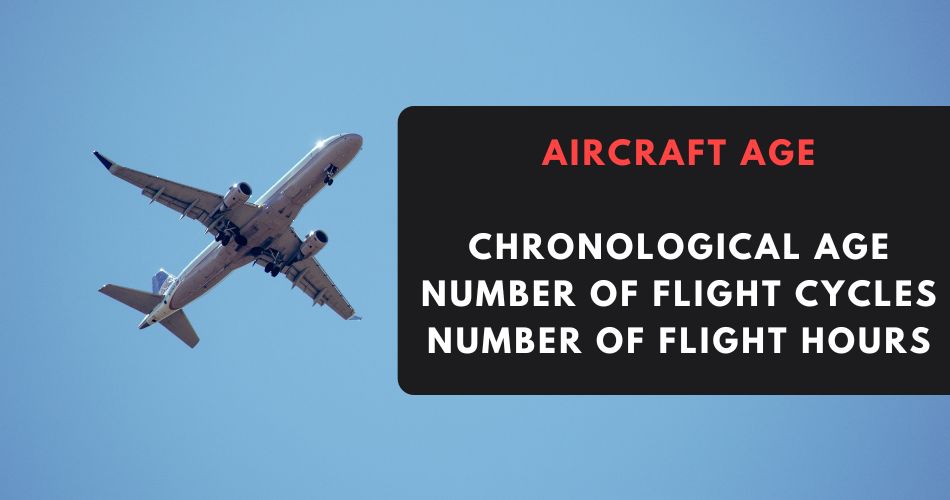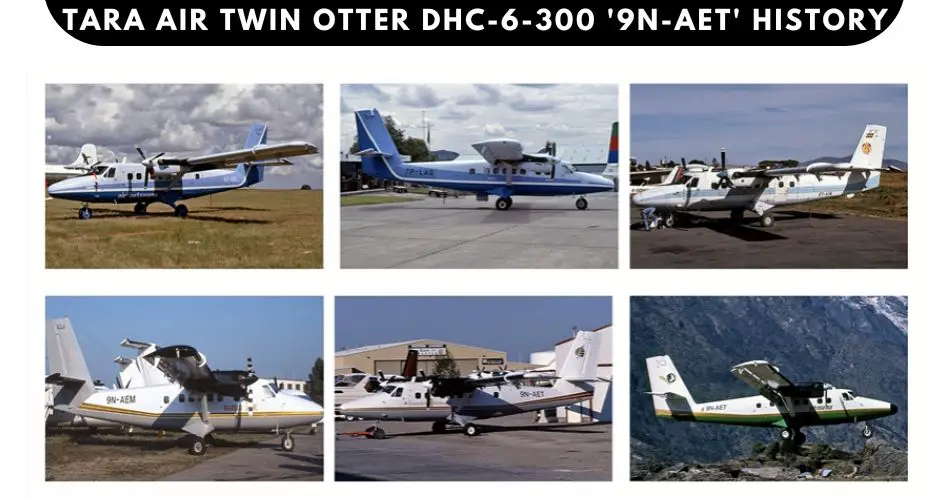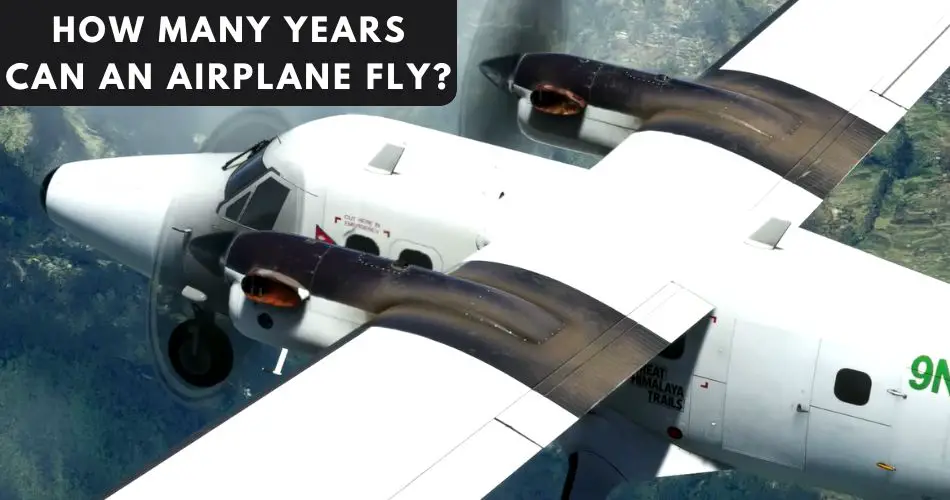Wondering How many years can an airplane fly? We got you covered.
On 29th May 2022, a Short Take off and Landing (STOL) aircraft Twin Otter DHC-6-300 belonging to Tara Air (a private airline company that focuses on STOL flights in Nepal) crashed killing 19 passengers and 3 crew members on board.
The small aeroplane with registration ‘9N-AET’ was on its scheduled flight from Pokhara City to the Himalayan region called Jomsom. 22 people including 2 pilots and an air hostess were on board the aircraft that disappeared from radar after reaching Naurikot, a village in the Mustang region. The rescue team from Nepali Army, Nepal Police, Armed Police Force, local rescue team and other concerned authorities searched the whole day but couldn’t locate the crashed aircraft due to continuous rainfall and reduced visibility.
The crash site was discovered on the second day (30th May) and the exact location was Sanosware, Thasang. The Twin Otter ‘9N-AET’ was completely destroyed after colliding with the mighty hill resulting in 100 per cent casualties.

As per the preliminary investigation, the cause of the fatal crash is taken as adverse weather however, many people are complaining about the ageing factor of the Tara Air ‘9N-AET’. The aircraft built in 1979 had crossed 43 years of chronological age.
Is the age of an aircraft a safety factor? OR How many years can an airplane fly? Is there any relation between the age of an aircraft and the crash? Let’s find out in this informative article.
How many years can an airplane fly?
The average retiring age of a commercial airplane is somewhere between 25 to 30 years however, aircraft over 30 years can perform safely if airline companies adhere to strict maintenance and parts replacement requirements.
The age of an aircraft can be understood with three different factors including chronological age, the number of flight cycles (pressurization cycles) and the number of flight hours.
Chronological age means the age of an aircraft from the date of manufacture to the current date. For instance, Tara Air Twin Otter DHC-6-300 ‘9N-AET’ was manufactured in 1979 so, its chronological age is 43 years as of now.

Likewise, the number of flight cycles or pressurization cycles is also a major factor in analyzing the ageing of an aircraft. In aviation, the number of flight cycles means a total number of takeoff and landings. One flight cycle is equal to one takeoff and landing. A jumbo jet like Boeing 747-400 has 35,000 pressurization cycles which means it can handle 35,000 landings and takeoffs. On the other hand, it can perform safely for 1,65,000 total flight hours.
Talking about Twin Otter DHC-6-300, the fuselage can handle 1,32,000 cycles whereas Wing Spar handles 66,000 cycles.
In a nutshell, the aircraft pressurization cycle shows how long can an aircraft structure remain safe for flight operations. Besides, other aircraft parts including engine, propeller, wiring, cables, flight instruments, hydraulics, sensors and so on have their respective validity for which airlines must conduct regular and scheduled maintenance along with parts replacement.
Environmental factors for Ageing Aircraft
Chronological age, the number of flight cycles and the number of flight hours are the technical factors however, there are some environmental impacts responsible for ageing aircraft. Corrosion, Metal Fatigue and Widespread Fatigue Damage (WFD) are the major causes of aircraft ageing.

Harmful chemicals, Rainfall, Acid Rain, Dust and various other environmental factors can create corrosion on aircraft parts. Likewise, excessive use of aircraft parts like rudder pedals, electric control buttons, controllers and so on can break if timely maintenance and replacement are not carried out.
That’s why airline companies must strictly follow the maintenance protocols and the Civil Aviation Regulatory body must monitor each and every activity.
Aircraft Crash History Due to Ageing
If we look back at the aviation crashes history, we can find some crashes caused due to ageing issues. One of the famous incidents in the history of aviation is Aloha Airlines Flight 243 which crash-landed at Kahului Airport on Maui following in-flight explosive decompression. This incident took place on April 28, 1988, and is taken as one of the miracles in aviation history.
Aloha Flight 243 was on its scheduled flight from Hilo to Honolulu when it suffered an explosive decompression due to corrosion and fatigue. The structure of the aircraft couldn’t handle the pressure due to which almost 5.5 meters of cabin space detached from the fuselage. The Boeing 737-200 made a safe landing at Kahului Airport however, a flight attendant couldn’t survive and passengers, as well as crews, got injured.

After investigation, it was concluded the aircraft structure sustained major explosive decompression due to corrosion and fatigue. The Boeing 737-200 was built in 1969 and the chronological age at the time of the incident was only 20 years. The aircraft was not that old to get structural damage however, it had already crossed the pressurization cycle limit.
Prior to the incident, the aircraft had logged 35,496 flight hours which was equivalent to 90,000 flight cycles. This amounted to more than twice the number of flight cycles for which it was designed.
Likewise, a Transworld Airlines Boeing 747-100 exploded in the air in 1996 and crashed in the Atlantic Ocean killing 230 people on board. Following the detailed investigation, it was concluded the reason behind the crash was the faulty wing wiring system that resulted in a short circuit and explosion.

There are some other incidents that occurred due to the ageing of an aircraft. Such incidents and accidents proved the age of an aircraft can be a safety issue. Airline companies can follow strict maintenance and parts replacement schedules to reduce the ageing of their aircraft.
Aircraft Age vs Performance
As per the Twin Otter manufacturer company Viking Air, there are DHC-6-300 series aircraft still in operation that were built between 1966 and 1988. DHC-6 aircraft over 50 years of age are still operating safely.
If an aircraft hasn’t surpassed its pressurization and flight cycle limit, it is safe for flight operation however, airline companies must ensure proper and timely maintenance, as well as parts replacement procedures, are strictly carried out.
For instance, the fuselage of Twin Otter DHC-6-300 is claimed to handle 1,32,000 flight cycles. If the aircraft crosses this limit within 20 years, it is now structurally weak and unsafe for commercial flights. But, if the aircraft takes 50 years to reach the claimed flight cycles, it can perform safely till its 50 years of operation if strict maintenance and parts replacement tasks are carried out with regular inspection and compliance checks from regulatory bodies.
Tara Air Twin Otter DHC-6-300 ‘9N-AET’ History
Recently crashed Tara Air Twin Otter DHC-6-300 with registration ‘9N-AET’ was 43 years old. It was built in 1979 and flew for the first time on 21st April 1979.
Air Botswana purchased the newly manufactured Twin Otter in 1979 and operated commercial flights with registration ‘A2-ABL’ till 1983. After that, it was sold to Lesotho Airways and the registration was changed to ‘7P-LAG’. Lesotho operated the aircraft till 1985.
After Lesotho, the aircraft was bought by the RRV Air Service Company in 1985 and operated till 1997 with the registration ‘ET-AIW’. Likewise, a private leasing company called Borek and Binder Aero Leasing operated the aircraft from 1997 to 1998 with the registration ‘C-GBQA’.

The aircraft entered Nepal in 1998 only under the name of Garud Air with the Nepali registration ‘9N-AEM’ however, Garud Air couldn’t continue its operation due to which the aircraft got its new registration ‘9N-AET’ and was purchased by Lumbini Airways. Like Garud, Lumbini Airways also failed to sustain itself in the Nepali Aviation industry so, ‘9N-AET’ was finally purchased by the leading private carrier Yeti Airways (now Yeti Airlines).
Yeti Airlines owned the Twin Otter and started operating STOL flights to various remote regions across the country. Yeti introduced its new subsidiary company Tara Air to operate STOL flights separately. In April 2010 the ‘9N-AET’ was transferred and registered to Tara Air.
In 1984, the Twin Otter ‘9N-AET’ operated by Lesotho Airways (7P-LAG) crash-landed once and sustained major damage in the right-wing section. It came back to the service after repair and maintenance work.
Conclusion
Ageing of an aircraft can be a major safety issue however, proper maintenance and parts replacement practices can reduce the ageing and enhance safe travel. The major thing to consider is the pressurization and flight cycle limits. If these parameters are crossed, the aircraft must be retired.
Talking about the Tara Air fatal crash, the preliminary investigation suggests the adverse weather as the major reason. But, we need to wait for the final report to conclude what exactly happened. ‘9N-AET’ was 43 years old so, people are complaining about the safety issues.
If Tara Air manages to show the proof of proper maintenance and parts replacement along with regular compliance checks and also the proof of flight cycles and flight hours, there is almost no room for safety risk created due to the ageing of the aircraft.
That’s why an aircraft that hasn’t crossed its flight cycle limit and gone through strict maintenance protocols can fly safely for more than 40 years of age. In short, chronological age is not only the factor behind the ageing of an aircraft because pressurization cycles and flight hours depict a major role.





